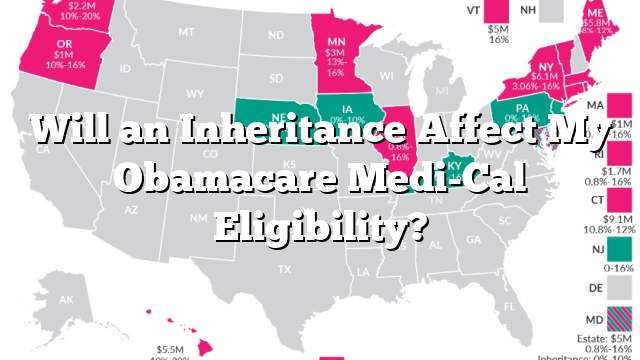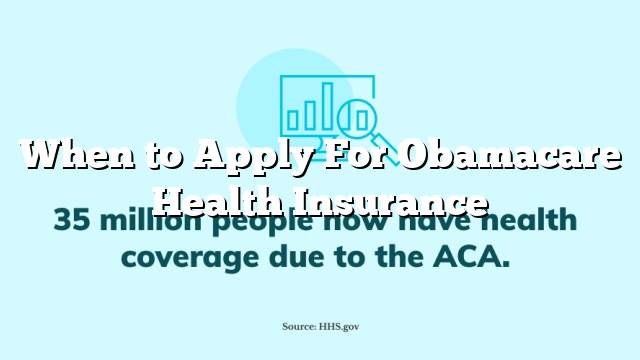

Kentucky successfully implemented the Affordable Care Act through Medicaid expansion and an insurance marketplace known as kynect, leading to substantial decreases in uninsurance rates throughout its borders.
MoneyGeek conducted an analysis on premiums and out-of-pocket maximums for plans sold through Kentucky’s health insurance exchange and three of its neighboring states. The chart below displays this analysis’s results.
Bronze Plans
Health insurance markets provide many choices, yet can be challenging to understand their costs. A health plan’s monthly premium and coverage level depend on multiple factors based on an individual’s age and metal tier; MoneyGeek has collected plans and premiums from Kentucky exchange public use files and compared them across multiple age groups so you can make an informed decision regarding which plan suits your needs best.
Kentucky marketplace offers four standard metal tiers that provide different tradeoffs between monthly premiums and out-of-pocket costs: bronze plans require 40 percent of spending to come from out-of-pocket cost sharing; silver plans have lower out-of-pocket spending than Bronze plans but higher monthly premiums; while Gold plans provide lower out-of-pocket spending but higher monthly premiums; additionally individuals earning between 139%-250% of federal poverty level may qualify for cost sharing reduction subsidies, further lowering out-of-pocket spending costs even further reducing out-of-pocket spending costs further reducing out-of-pocket spending costs further.
Silver Plans
The Affordable Care Act offers Kentucky residents a range of health insurance plans. Depending on your age and location, plans vary by metal tier and premium amount; for instance, 40-year-old Pendleton County resident could pay $362 monthly for Ambetter’s Silver plan that features a $5,400 deductible.
Younger individuals with low medical expenses may wish to choose a plan with a high out-of-pocket maximum, as this will lower monthly premiums; however, they must be prepared for higher costs in case they fall ill or experience an accident.
MoneyGeek has collected plan rates and deductibles from Kentucky Exchange Public Use Files to give an idea of your options in Kentucky. Please be aware that this comparison doesn’t take into account premium tax credits or cost-sharing reductions you might qualify for; they provide only an approximate estimate based on income level and plan selection.
Open Enrollment
Kentucky residents can sign up for Affordable Act (ACA) health plans during open enrollment via the healthcare marketplace. All ACA policies must cover 10 essential benefits such as emergency and maternity services, with those earning incomes below 139% of poverty qualifying for Medicaid coverage; individuals earning above this threshold may enroll in a subsidized private plan through this marketplace.
Kynect, Kentucky’s state-run health insurance marketplace, moved to a different platform in 2016, leading to lower enrollment rates. But Governor Beshear recently announced that Kynect will return to its original system starting 2022 coverage and beyond.
Individuals in Kentucky can also purchase healthcare plans directly from insurance companies. While these policies tend to cost less than an ACA-compliant policy, they may not provide as much coverage; in Louisville for example, their average benchmark plan premium has increased 3% year over year.
Medicaid
The Affordable Care Act (ACA) offers Kentucky residents health insurance options through Kynect. Open Enrollment runs annually between November 1 and December 15 while qualifying life events such as getting married, having a baby, moving or losing health coverage could qualify them for special enrollment periods.
Kentucky residents who meet eligibility requirements could qualify for Medicaid, which covers costs such as doctor visits, prescription drugs and medical services for eligible individuals with incomes below 138% of the federal poverty level. This program can help individuals afford needed health services without spending all of their savings on them alone.
Dependent upon the plan type you select, premiums and out-of-pocket costs vary significantly. Younger individuals should consider selecting plans with lower deductibles in order to lower overall costs, while for seniors it can be more cost effective to select plans with higher deductibles because payments won’t need to be made until total out-of-pocket expenses reach a certain threshold limit.






